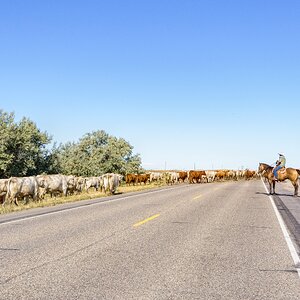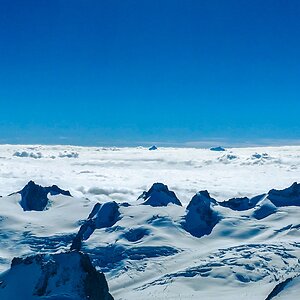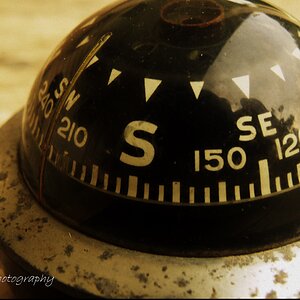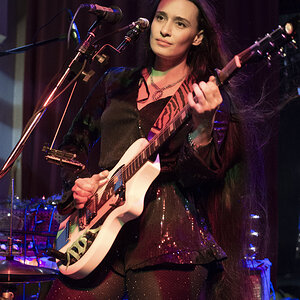Tbehl1214
TPF Noob!
- Joined
- Oct 3, 2016
- Messages
- 16
- Reaction score
- 0
- Location
- St. Louis
- Can others edit my Photos
- Photos OK to edit
I have an older camera, the Nikon D5000. I currently only use the two lens that I received with the kit (18-55, 55-200). I am still working on learning everything, but want to know if the 50mm or 35mm (with the autofocus since that is what works on my camera) would help me improve my portraits. I mainly take pictures of babies, toddlers, and small families...no big groups and mainly outside although I do take pictures of my kids inside. I am trying to take a sharp photo, but would also like to try bokeah. So, my questions are:
1. If I mainly take portraits of kids, etc. outdoors, would the 35mm or 50mm be worth buying?
2. If so, which would be my better option?
I realize that there are better lens out there for portraits, but I cannot afford much at this time since I stay at home with my kids.
Thank you!
(Also, I realize that there are a TON of forums out there about this, but they are several years old (2011) and everyone has completely different views so I am lost. Thank you for understanding!)
1. If I mainly take portraits of kids, etc. outdoors, would the 35mm or 50mm be worth buying?
2. If so, which would be my better option?
I realize that there are better lens out there for portraits, but I cannot afford much at this time since I stay at home with my kids.
Thank you!
(Also, I realize that there are a TON of forums out there about this, but they are several years old (2011) and everyone has completely different views so I am lost. Thank you for understanding!)


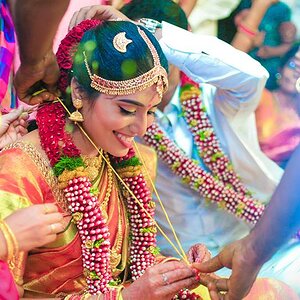
![[No title]](/data/xfmg/thumbnail/42/42256-dce29145f58094ceabbe05c0c8cef7fc.jpg?1619740065)
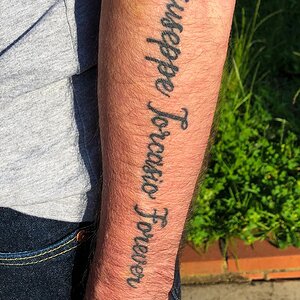
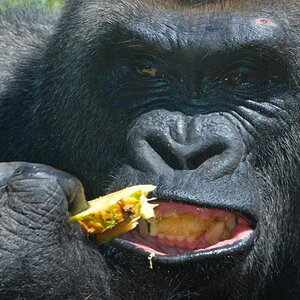
![[No title]](/data/xfmg/thumbnail/42/42257-4c4b35d60337b1b4ec661332486a33be.jpg?1619740066)

